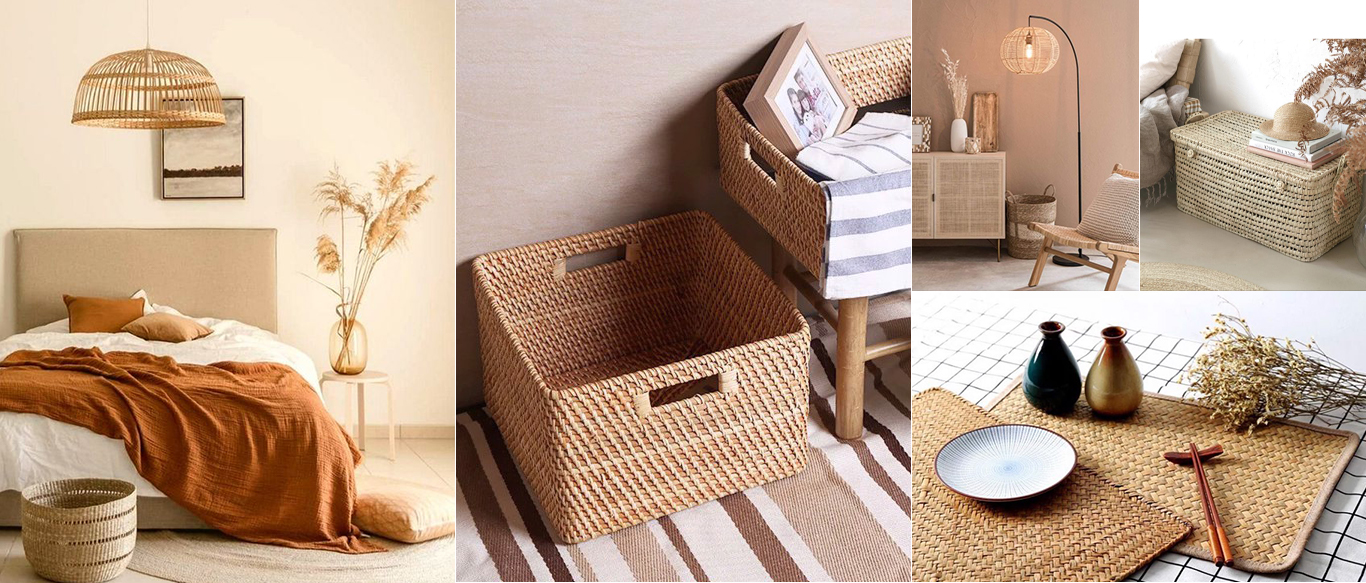
For Soulviet, the customer’s choice and voice are the most important guides in designing and completing a product. Our process begins with collaborative co-ideation and front-end innovation leading to requirements of specification. Soulviet’s multi-talented design team will spend time to understand what your product vision is, communicate the big opportunities in the market, and anticipate and overcome any possible challenges your product may experience as it heads toward its rollout. With a thorough understanding your product, we will launch into the design process as we visualize and manifest our shared ideas for your product, translate requirements into prototypes and samples with initial features that will be validated or refined with testing. In the end, we will produce a Minimum Viable Product for testing that will lead to a Minimum Lovable Product, ready for market launch.
We are involved in all stages of product development and provide an end-to-end experience. A partnership with Soulviet is an ongoing, multi-beneficial, and rewarding process. Once we internalize your vision, we will assemble an A-team of designers and developers to bring your product to life.
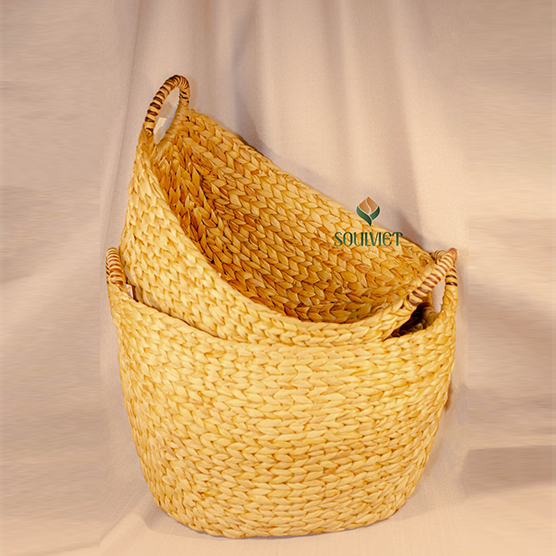
Water Hyacinth: it has scientific name Eichhornia crassipes, and usually known as a pest in waters. The height of water hyacinth is about 0.4-0.8 meters, the stem is main part to be collected. By creativity and hardwork, it can be transformed to very ecofriendly and value products.
Producing process:
Collecting water hyacinth stem – washing – drying – making craft pattern (molding) – weaving – finishing.
Rattan: Rattan grows in a long slender stem, which maintains an almost uniform diameter. Rattan grows in a manner which is similar to vine but has an inner core and it is not hollow like a bamboo. The most practical way for the rattan to reach the light above the forest canopy is the shade in the rain forest is very dense and climbing on tree limbs. The inner portion of the stem is softer and somewhat porous while the outer portion of the stem is extremely hard and durable. Rattan grows mostly in
Production process:
Wood preparation/ cutting – Curing – Bending – Smoothing – Assembly – Winding – Braiding.
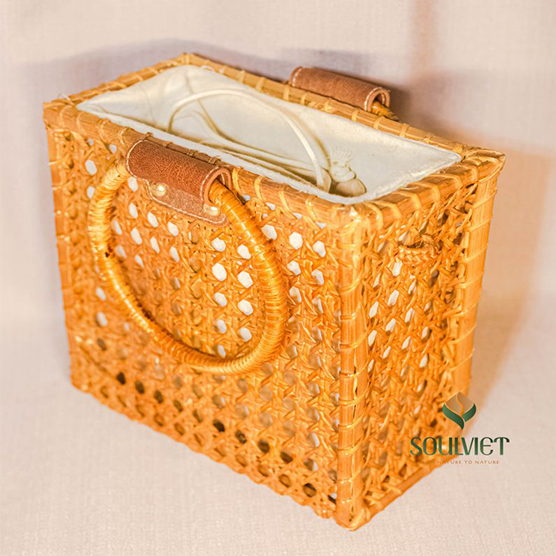
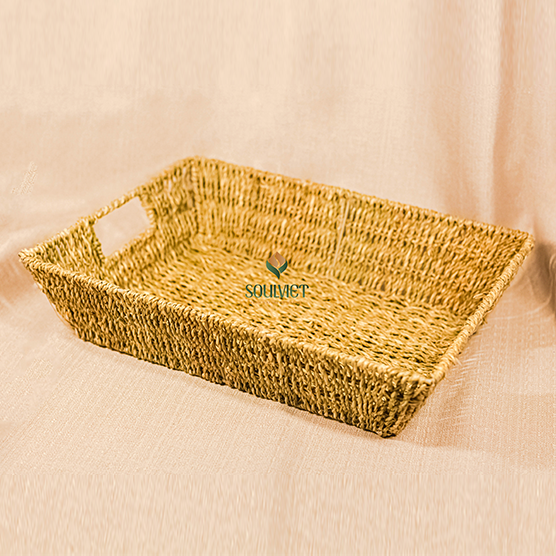
Sea Grass: Sea Grass is mostly growing in Nga Sơn, Thanh Hoa province in Vietnam. It has the growth cycle the same as rice plant, is harvested in May and October in the lunar calendar. The quality of sea grass fibers depends on the regulation of saltwater and fresh water in an appropriate proportion in farming. Handicrafts made from Seagrass are eco-friendly and authentic. Our creative, exquisite and earthy designs makes products look great with any home interior.
Process of production:
Selection of seagrass – drying – dyeing – weaving – forming – finishing.
Bamboo: Bamboo is versatile non-wood forest product and also known as poor man’s timber. Bamboo is the base for a broad of rural and semi urban cottage industries that provide livelihood for the rural poor. The whole plant part of bamboos can be utilized in many ways thus becoming the highest economically potential plant of the regions in Vietnam. Bamboo and its products are ecofriendly in nature and it shields from hard pollution in different ways.
Production process:
Collection raw material – stem cutting – further cutting (as desired thickness) – framing – binding/ bending/joining – polishing – finishing
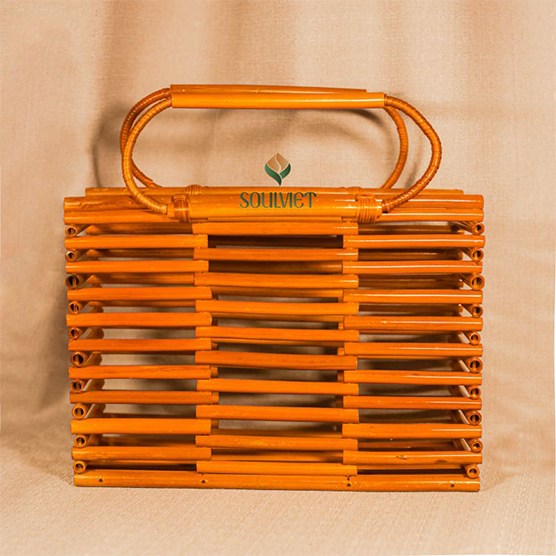

Banana Fiber: The banana fruit bunches and leaves are main sources of income. Tender pseudostem of some local cultivars is used for culinary purposes, whereas major portions of Banana pseudostem are wasted. These pseudo stem can be utilized judiciously for extraction of fiber
Production process:
Sheath Preparation – Extraction – Dying – Weaving – Final Products.
Coconut: Ben Tre province in Vietnam is the homeland of coconut trees, with an area of nearly 60,000 hectares, harvesting about 500 million fruits a year. Coconuts is not only attributing the economic and cultural value, also being used in food processing, household appliances, or even in construction. Handicrafts made from coconut are aesthetic, ecofriendly and functional products.
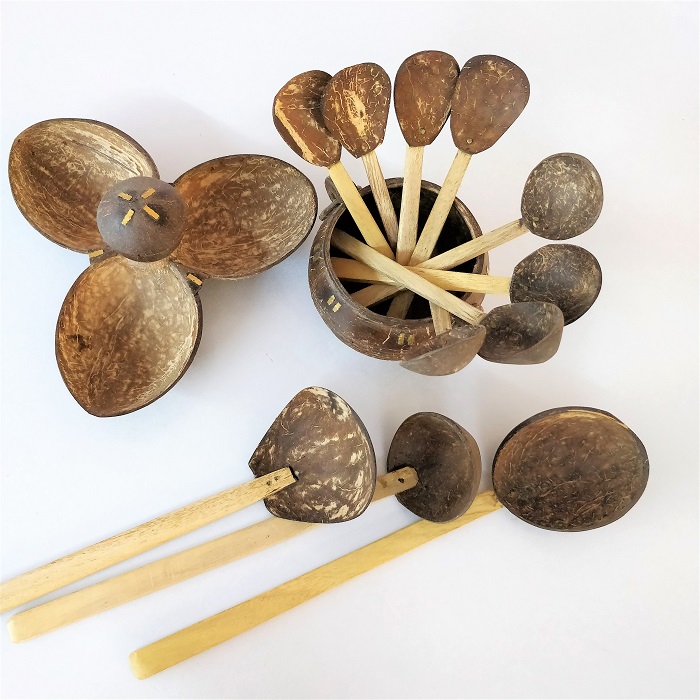
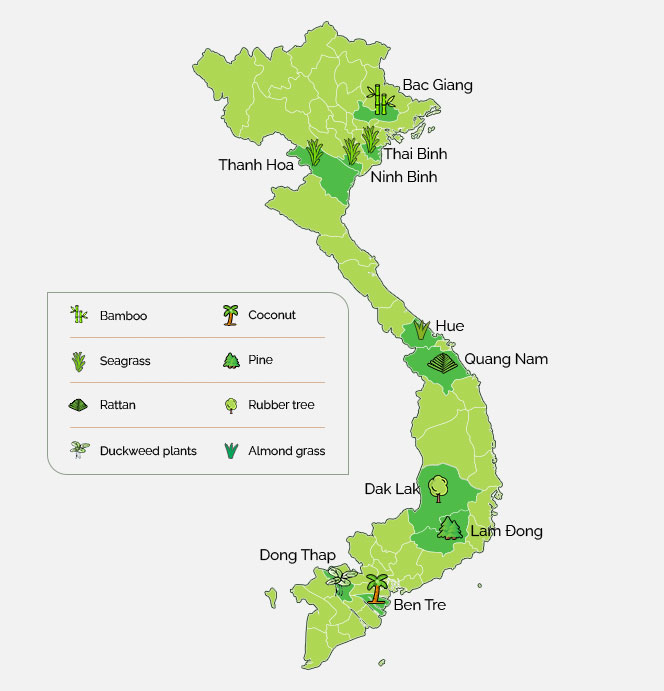
Other materials
